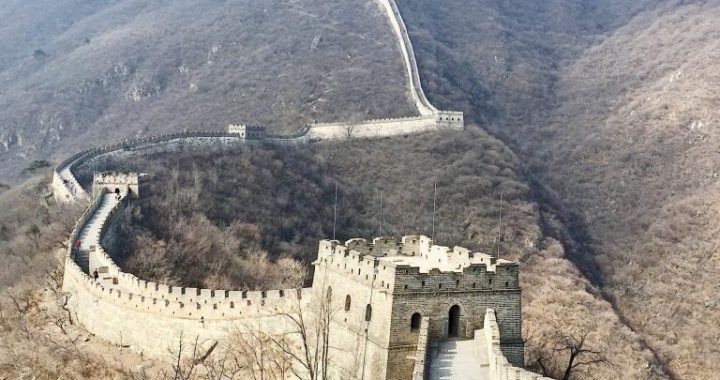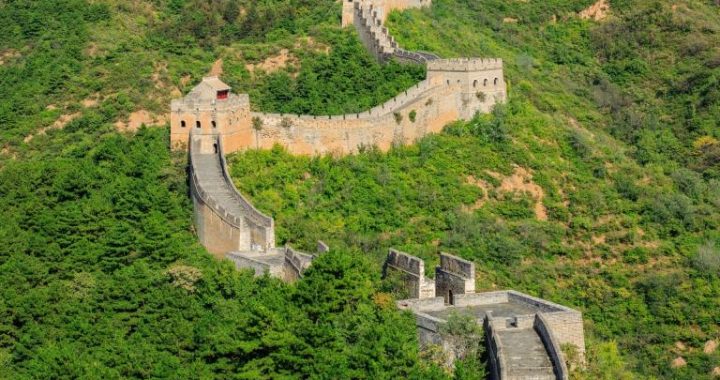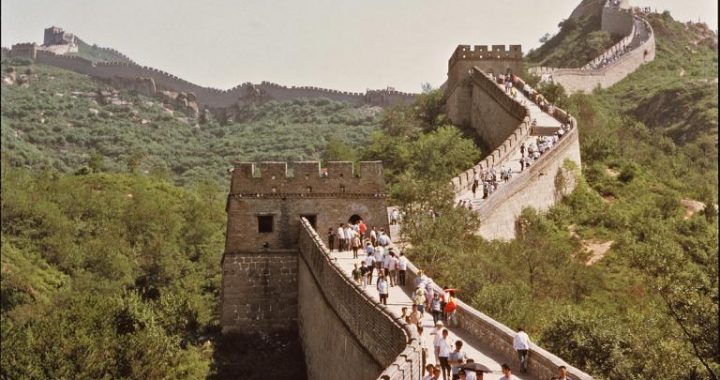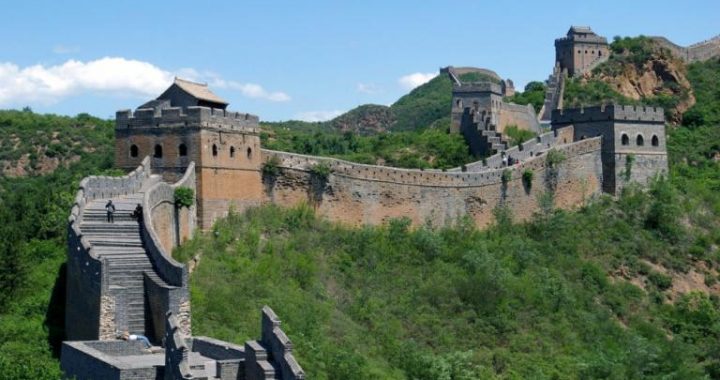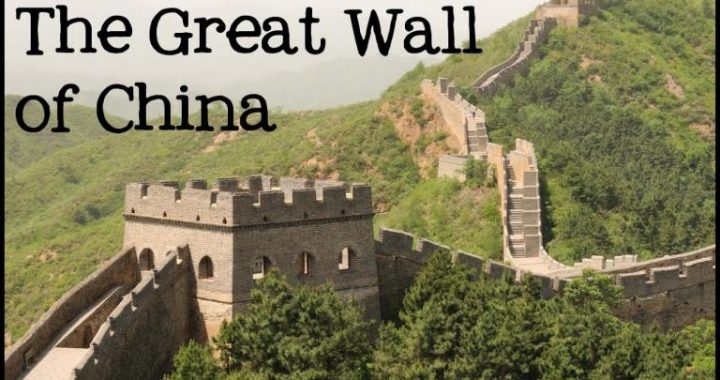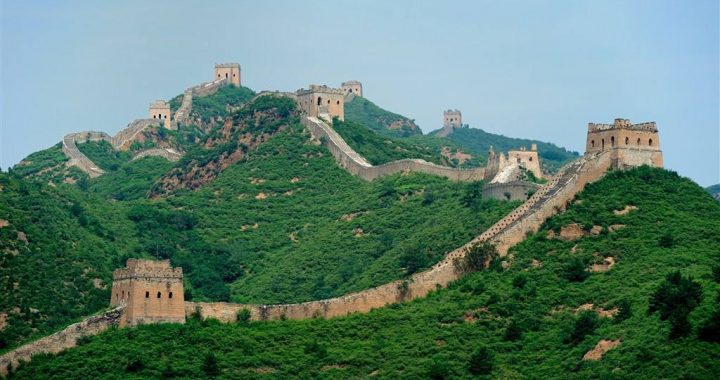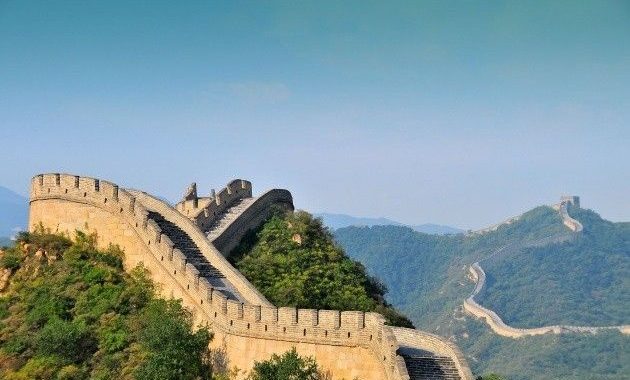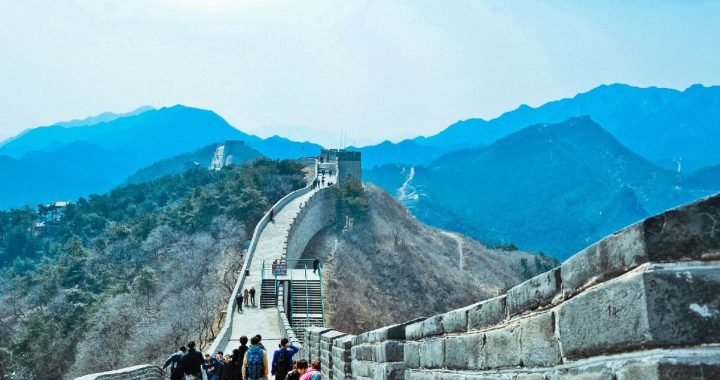The “Number One Pass Under Heaven” of Juyongguan
4 min readJuyongguan is the famous ancient fort along the Great Wall in the north of Beijing,60 kilometers away from Beijing and 20 kilometers away from Badaling section of the Great Wall.It is a strategically important pass of the Great Wall,and also a cultural site under state protection.
A legend goes that when Emperor Qin Shihuang ordered to build the Great Wall, he moved the prisoners, sol-diers and labors levied forcefully to live here, and named the pass as Juyongguan with the meaning of xijuyongtu, which means moving the second-rate people to live at this place. The Han dynasty (206 BC-220 AD) continued to use this name, and in the Three Kingdoms Period(220-280) it was renamed as”Xiguan”,”Nakuanguan”in the Northern Qi dynasty(550-577) and”Juyongguan”,”Jimenguan” and”Junduguan”in the Tang dynasty (618-907). And the later dynasties still called it”Juyongguan”.
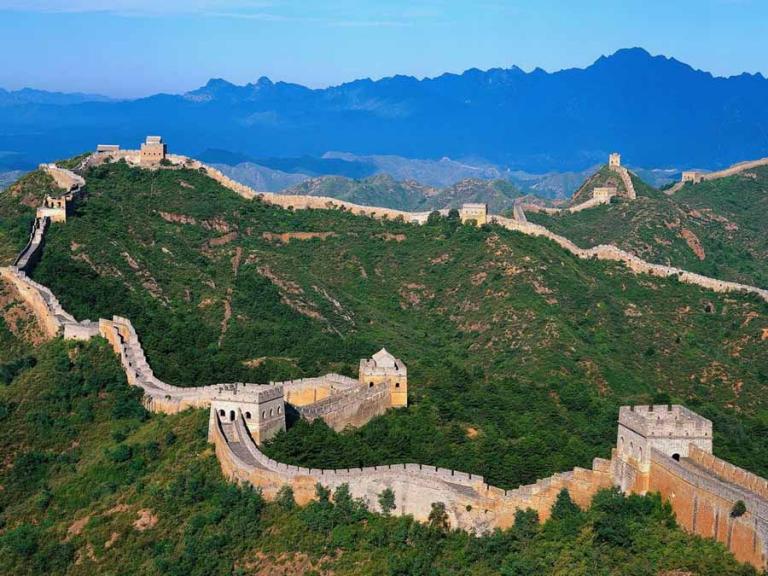
Juyongguan is in a strategic position and has long been a bone of contention among warring strategists sincethe ancient time. It has two forts in the south and north; the one in the south was named”Nankou”while the one in the north was “Badaling”. The fort existing now was built with the general Xu Da in charge under the order of Emperor Taizu of the Ming dynasty(1368-1644), Zhu Yuanzhang. The valley that the fort lied belonged to the Jundu Mountains of Taihang Ranges, reputed for its strategic position, which could be describedwith the saying “a man in the pass can withstand ten thousand invaders”, and became the door of Beijing in the northwest. In the two sides of Juyongguan, the mountains are very spectacular, and in the middle there is an 18-kilometer-long valley, which is called “Guangou”. The surround-ings of Juyongguan have flowing streams and overlapping green mountains, blooming flowers and singing birds. The beautiful scene here wins the name of “Overlapping Verdant Scenes of Juyong”, and was one of the famous eight scenes of Yanjing.

In the past, Akutta, Emperor Taizu of the Liao dynasty (907-1125), passed Juyongguan and then attacked Youzhou. And Abaoji, Emperor Taizu of the Jin dynasty (1115-1234) had soldiers stopped in Juyongguan when he attacked Yanjing. However, the troop collapsed without abattle since the soldiers were crushed to death by the bursting stones dropped from the mountain. When Chenghis Khan, Emperor Taizu of the Yuan dynasty (1206-1368), reached the outside of Juyongguan, people of the Jin dynasty(1115-1234), taking advantage of . The Great Wall at Juyongguan Pass the difficulty of Juyongguan, strengthened the iron gate with molten metal, paved the road with Iron Caltrop for hundreds of li and has the pass guarded by the backbone.
Chenghis Khan therefore sought advice from Zabar. Zabar said that there was a byroad in the dark forest, but it was too narrow to pass for more than one horse. However, if the horse was hastened with mouth gags, it cost only one night to Nankou. Chenghis Khan, asking Zabar to be theguide, entered the valley in the night and arrived at Nankou when day dawned. And people of the Jin dynasty(1115-1234) were still in a sound sleep when a sudden din of drums came from the heaven.
In the Yuan dynasty(1206-1368), Juyongguan was an important road between Dadu(Beijing) and Shangdu(today’s Duolun in Inner Mongolia Autonomous Region).

Since the emperor came and went on this road quite often, the Xanadu, temple and gardens etc were set in the pass.
The Yuntai(Cloud Platform) existed now was the founda-tion of Guojie Pagoda built in the Yuan dynasty(1206-1368), on which three Lama Pagodas were built, but they were burnt down in the end of the Yuan dynasty and the beginning of the Ming dynasty (1368-1644). In the 4th year of Zhengtong(1439) of the Ming dynasty(1368-1644),a Buddhist temple was rebuilt on it, named Tai’ an Temple. This temple was burnt down during Kangxi reign of the Qing dynasty(1616-1911), and from then on only the Yuntai left.
Till the Ming dynasty(1368-1644), Zhu Yuanzhang appropriated an enormous fund to repair and strengthenthe military defense capability of Juyongguan, building two pass gates for Juyongguan, one on the land and the other on the water, and an enceinte at the two gates. In the strategic positions in the mountains in the south and north out of the fort there were also 6 watchtowers and 18 beacon towers. Thus, Juyongguan became a post of even more importance, and its construction and equipment alsoreached maturity. Its defense system was made up of Chadaocheng, the Outer Post of Juyong(Badaling), the upper fort, the middle fort(Juyongguan Fort) and Nankou from the south to the north, with Juyongguan as the command center. The Longqingwei were responsible for the guard of the fort, which were equipped with helmet, armor, spear, bow, arrow and firearms. The fort is not only constructed to maturity, but also equipped with many concerning establishments, such as yamen(government office), storehouse, bookstores, arsenal, temples, and academies etc, full of cultural significance. The founding emperors of the Yuan dynasty (1206-1368), the Ming dynasty(1368-1644) and the Qing dynasty(1616-1911) all had passed this Juyongguan, therefore it was unique and beyond comparison in its strategic position in politics and military affairs.
In 1961, the Yuntai of Juyongguan was listed in the first group of key cultural relics units under State protection by the State Council. And in 1982, Juyongguan was also included in the Badaling-Ming Tombs National Park because of its important cultural and natural value, and became the important scenic spot among them.
